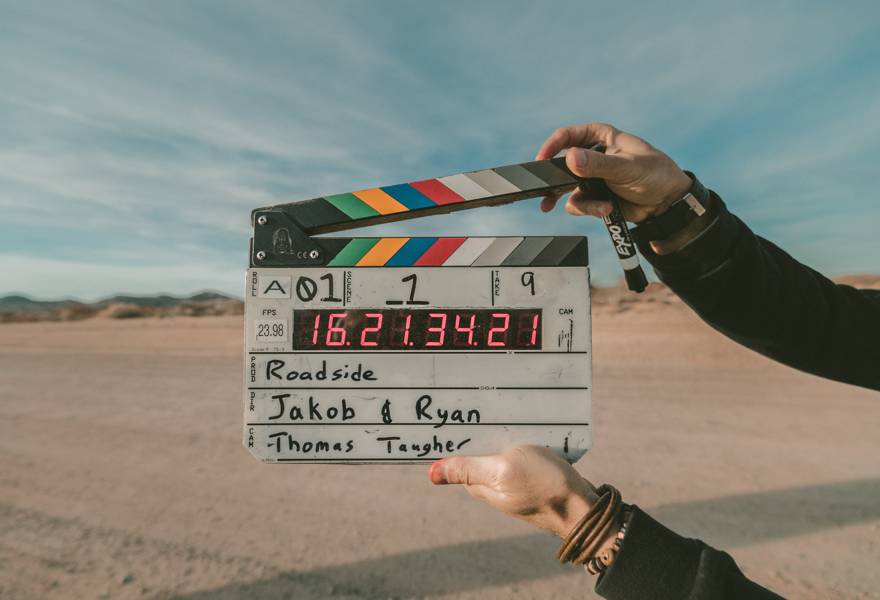
19 Mar Movies Filmed in the Dominican Republic
Movies Filmed in the Dominican Republic
Although the biggest tourist attraction in the Dominican Republic are its extensive beaches with fine sand and turquoise waters, the country has many more attractions that make it worth visiting on holiday as a family or a couple.
Among the secrets hidden away in the Dominican country is its vast cultural wealth, noticeably marked by the arrival of the Spanish settlers on the island in the fifteenth century. But within the cultural variety existing in the Dominican Republic, there is an even better kept secret: the great cinematographic works that have been shot in this country, films that have received the most prestigious awards and that are famous all over the world.

The best Dominican movies
Although the Dominican Republic is in most cases synonymous with holidays and relaxation, it has also been chosen by many directors and filmmakers as the setting for their films, some of which are considered true masterpieces, such as the following:
The Godfather Part II
Filmed by Francis ford Coppola in 1974, scenes were shot in the colonial part of Santo Domingo and, in particular, on Duarte and Mella avenues, which served as the pre-revolutionary Cuban city of Havana, due to their aesthetic resemblance. Recognised as one of the greatest collection of films, it featured actors such as Al Pacino, Robert De Niro or Robert Duvall. This masterpiece, considered the best sequel in film history, was nominated for 11 Oscars, with six wins, including the award for Best Film, Best Director and Best Supporting Actor.

Apocalypse Now
A movie also directed by Francis Ford Coppola in 1979, it was shot primarily in the Philippines, although some scenes were filmed on the banks of the Chavón River, in the area of La Romana, the eastern capital of the Dominican country.
The Chavón River was the backdrop for one epic moment of the filming, the air raid that took place to the rhythm of Wagner’s “Ride of the Valkyries”. Actors such as Martin Sheen, Marlon Brando, Robert Duvall or Dennis Hopper were part of the film’s cast. Nominated for six Oscars, Coppola’s work won the awards for Best Sound and Best Photography.
Rambo II
Just like Apocalypse Now, the second instalment in the Rambo franchise that tells the story of John Rambo also used the landscapes of the Chavón River as the setting for the film, simulating locations in Vietnam. Specifically, the scene in the film in which Rambo escapes with a helicopter was shot in the Dominican Republic:
Pirates of the Caribbean
Directed by Gore Verbinski and starring Orlando Bloom and Johnny Depp, it premiered in 2003 and scenes were shot on Saona Island, one of Punta Cana’s most interesting tourist destinations in the Dominican Republic, an island with a remarkable sea turtle sanctuary, and that can be visited from Playa Bávaro on a day tour.

Jurassic Park
One of the greatest films of the director Steven Spielberg is also a Dominican movie. It was inside the Amber Museum where Jurassic Park was filmed and, specifically, where the initial scene was shot in which the mosquito is shown, one of the symbols of the film, which can still be found in the museum. The museum in the city of Puerto Plata not only served as one of the scenes for filming, but also as a source of inspiration to create and design the movie. Steven Spielberg’s masterpiece won the three Oscars it was nominated for: Best Sound Editing, Best Sound and Best Visual Effects.
Fast & Furious 3.5: The Outlaws
Directed, produced by and starring Vin Diesel in 2009, many of the scenes were shot in many areas of Santo Domingo. Specifically, areas such as the Colonial City, Santa Barbara sector or the Malecón de Santo Domingo promenade stand out.
Miami Vice
Premiering in 2006 and starring Colin Farrell, among other actors, different areas in the city of Santo Domingo were used as a backdrop for its scenes, highlighting the Colonial City, Duarte Avenue or the Mercado Nuevo car park. In order to not interfere with the work of the city shops and to downplay the colourfulness of the buildings in Santo Domingo, many of its scenes were shot at night.
Given the cinematic richness that accompanies the historical heritage of the Dominican Republic, during your visit to the island you can combine rest and comfort with a rich cultural and cinematographic learning experience.




No Comments